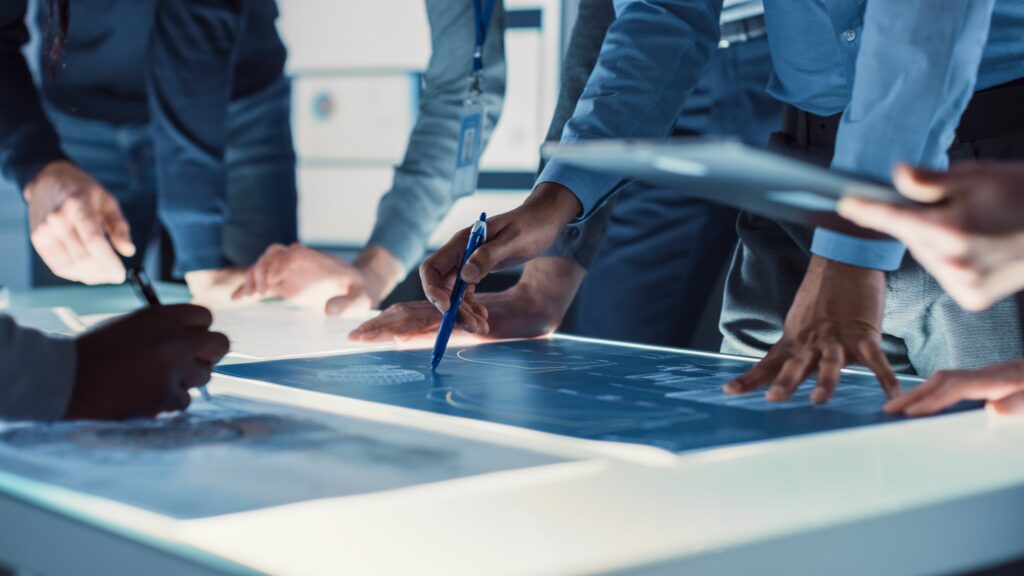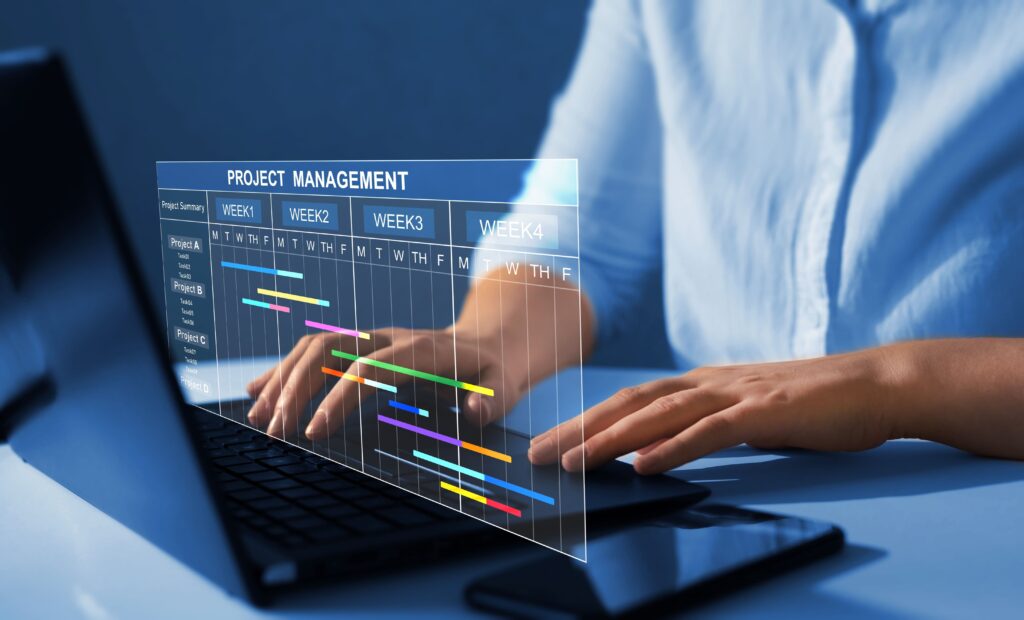Design Development: Process, Objectives and Key Steps
In the world of design, the development stage stands as a critical bridge between ideation and the final product. The development phase is where concepts take form, ideas evolve into visible solutions, and inspiration meets reality.
Design development is a pivotal aspect of various creative directions, including architecture, product design and digital design.
In this help guide, we’ll delve into what design development is, the processes involved, and its primary objectives.
What is Design Development?
Design development is a phase in the creative process where the initial concept or idea undergoes refinement, detail enhancement, and thorough planning. It is the stage where the designer works to transform abstract concepts into concrete and practical designs.
This phase plays a pivotal role in ensuring that the final product not only aligns with the initial vision but also meets the functional requirements.
Here at CNSTRCT, we have a team of construction development management experts who have worked on multiple projects – if that is something you are looking for, get in touch!
Processes Involved in Design Development:
- Research and Analysis: The journey of design development often begins with thorough research and analysis. This involves collecting details, studying the target clientele, understanding market trends, and evaluating the practicability of the design concept.
- Concept Refinement: Designers take the initial concept and refine it by examining various factors such as aesthetics, functionality, efficiency, and user experience. Sketches, mood boards, and brainstorming sessions are common tools used during this diligent process.
- Material Selection: Depending on the type of design project, the selection of materials is a crucial step. Architects may choose building materials, while interior designers may pick fabrics. The chosen materials should align with the project’s purpose and budget constraints.
- Prototyping and Testing: Many design projects involve the creation of prototypes or models. This step allows designers to visualize and test their ideas in a physical form. Evaluating and testing help identify possible issues and areas for improvement.
- Detailed Planning: Design development includes creating comprehensive plans and specifications. For instance, architectural design involves creating blueprints and construction documents. While digital design might involve wireframing and user flow diagrams.
- Technical Considerations: Designers must take into account technical aspects, such as structural integrity, manufacturing processes, and digital development platforms. This ensures that the final design is not only aesthetically pleasing but also functional and attainable.
- Budget and Timeline Management: Throughout the design development stage, managing budgets and timelines is essential. Designers need to balance creativity with practical constraints to ensure the project deadlines are met.
Main Objectives of Design Development:
- Refinement and Enhancement: The main objective of design development is to improve and elevate the initial concept. This involves refining the design’s aesthetics, functionality, and overall quality.
- Practicality and Feasibility: Designers must ensure that their concepts are not only visually captivating but also practical and feasible to implement or construct. This includes considering budget constraints, available materials, and technical restrictions.
- User-Centered Design: Design development aims to create designs that serve to the needs and preferences of the intended customers. This involves considering user feedback, ergonomics, and usability in the design process.
- Risk Mitigation: By thoroughly planning and testing during the development stage, designers can identify and mitigate potential risks and challenges that may arise during construction.
- Alignment with Objectives: The final design should align with the project’s objectives, whether it’s creating an iconic architectural structure or a stunning interior design look.
Final Thoughts
In conclusion, design development is a pivotal stage in the creative process, where ideas evolve into real life designs. This involves a sequence of processes, including testing, concept improvement, material selection, prototyping, and thorough planning.
The main objectives are to strengthen the concept, ensure practicality, prioritize user needs, mitigate risks and align with project goals.
Design development is where creativity meets reality, transforming innovative ideas into functional and visually appealing results. It is a testament to the power of design to influence the world around us.
Contact us today to start working together!



